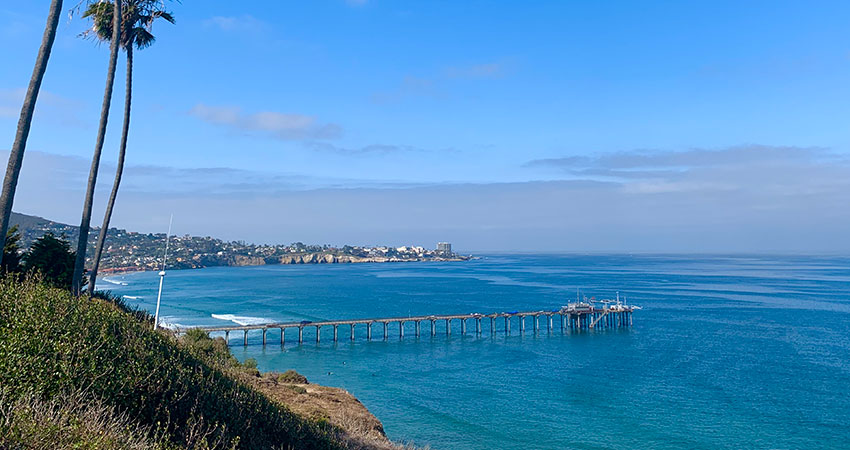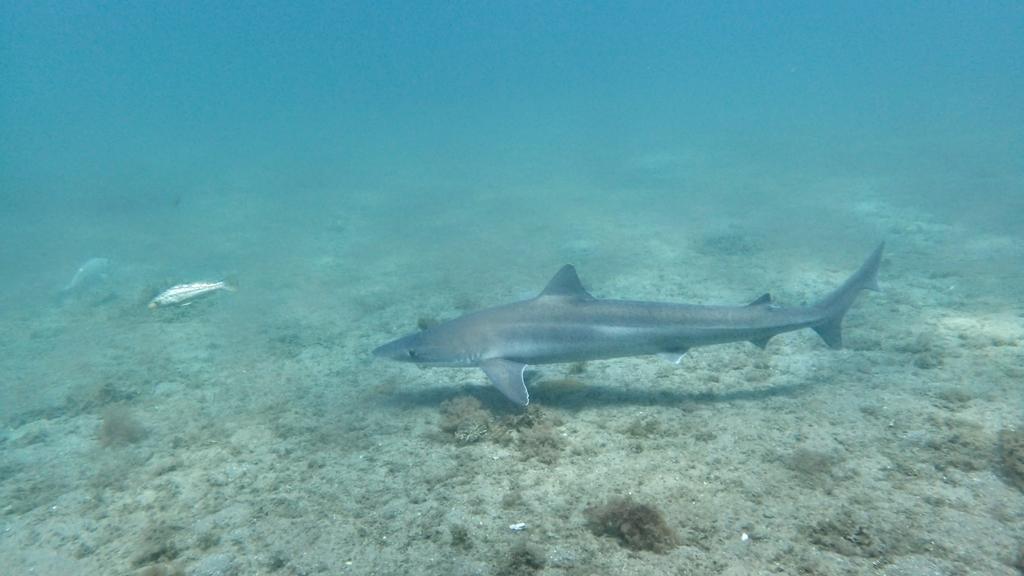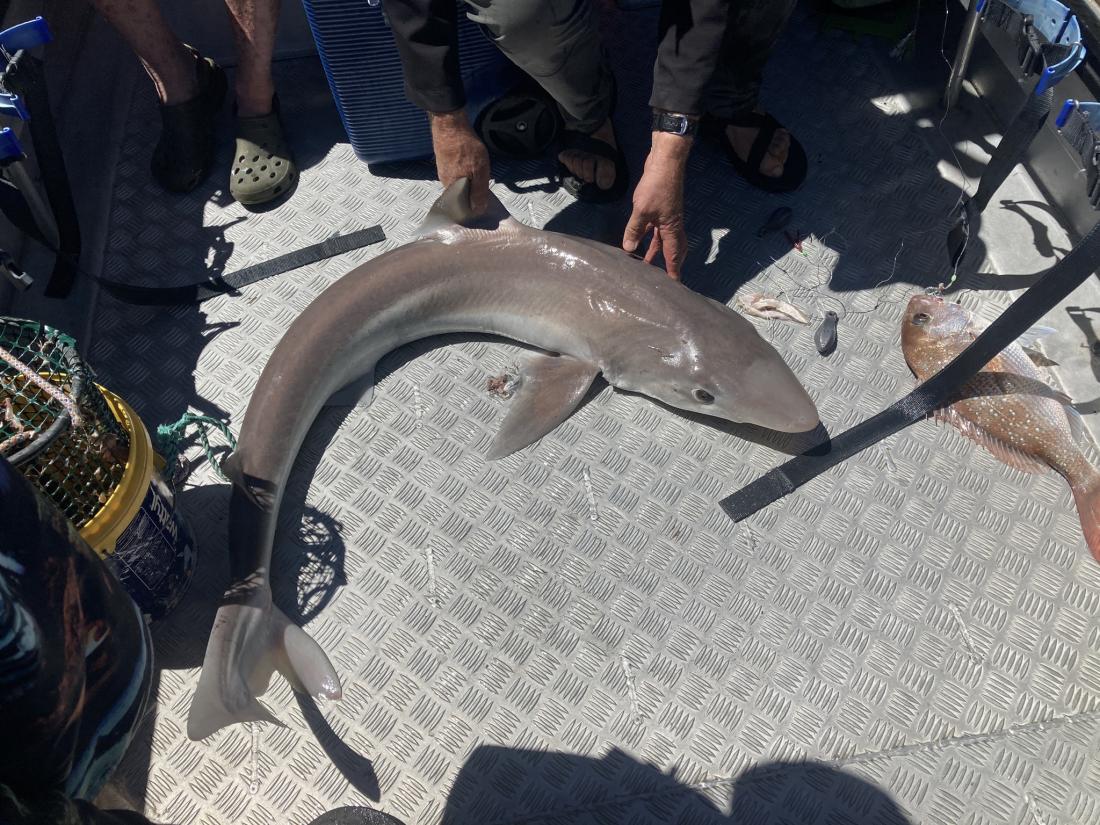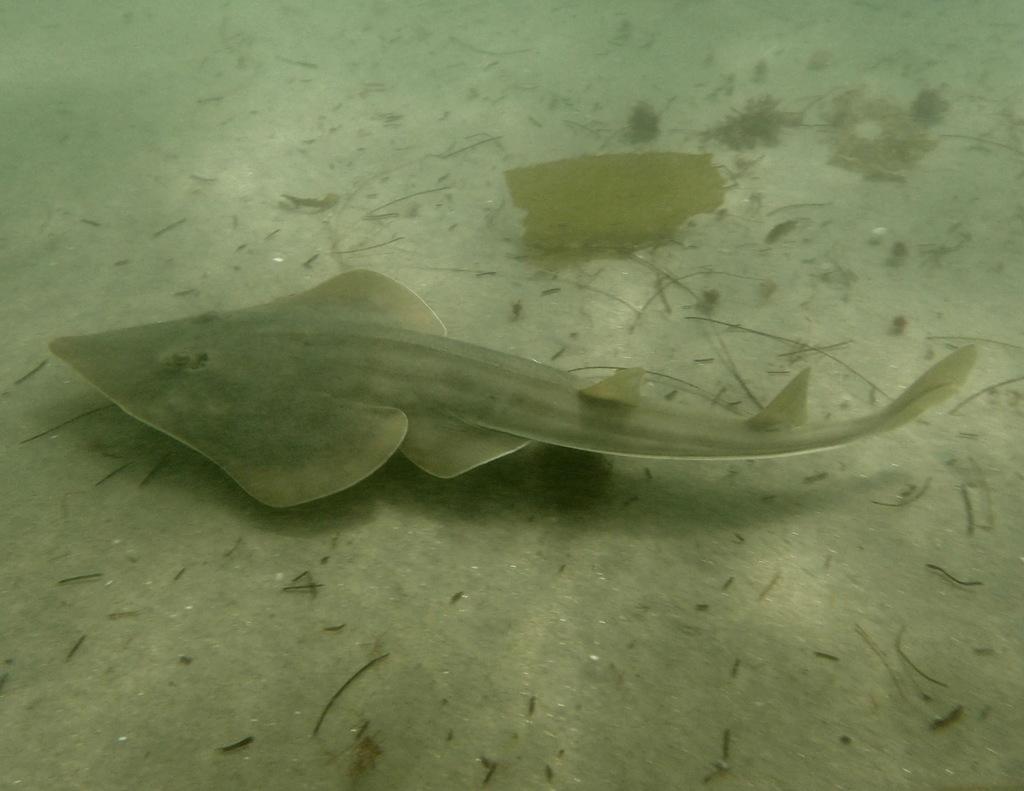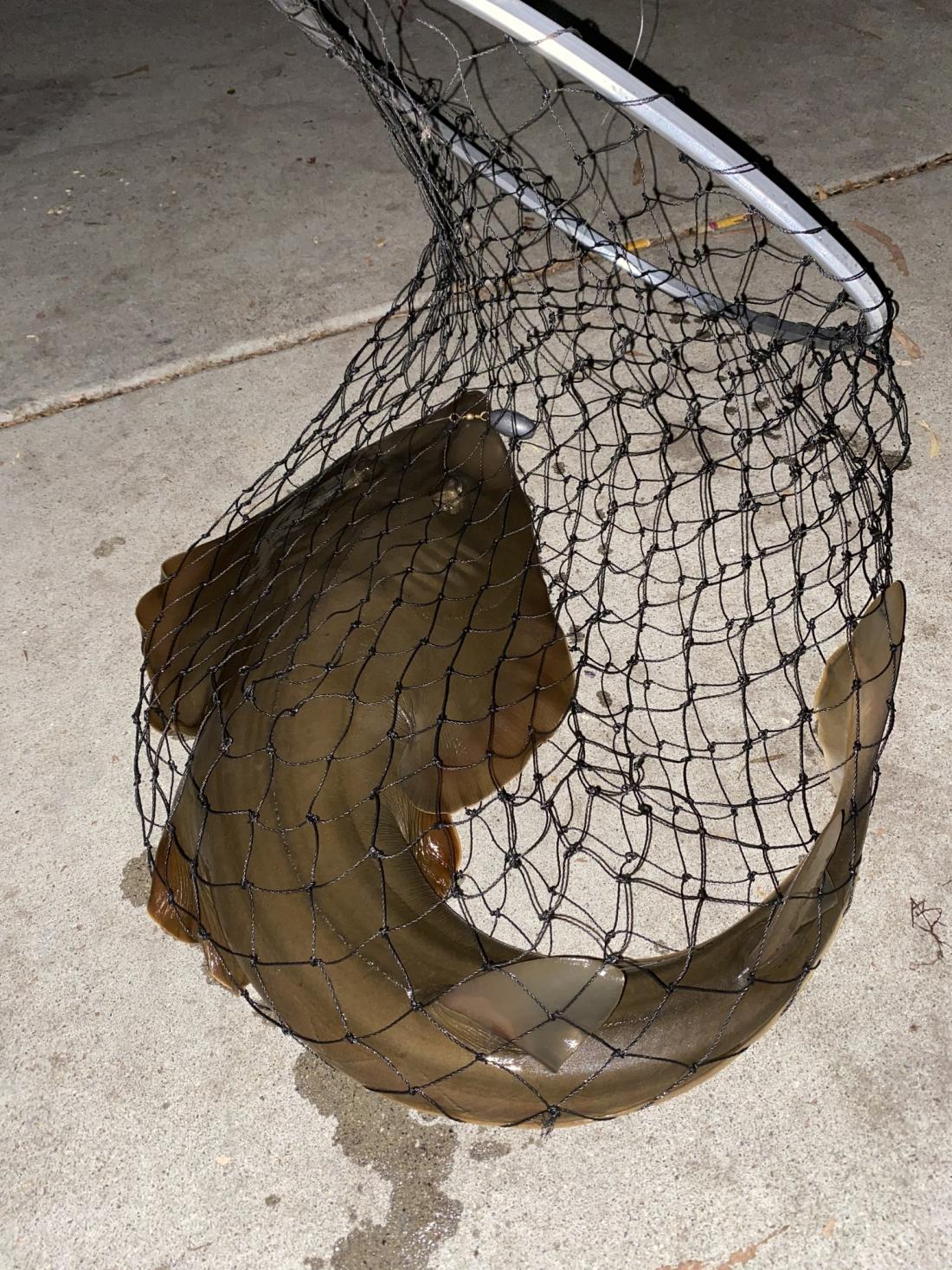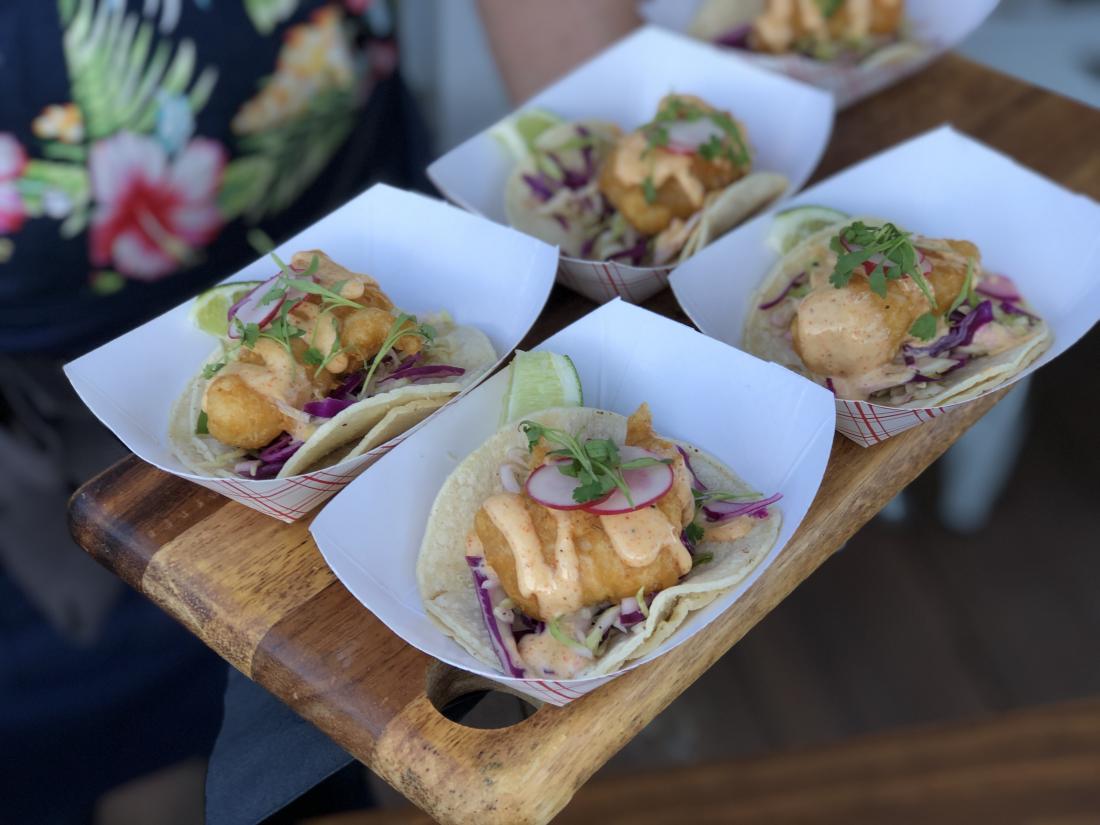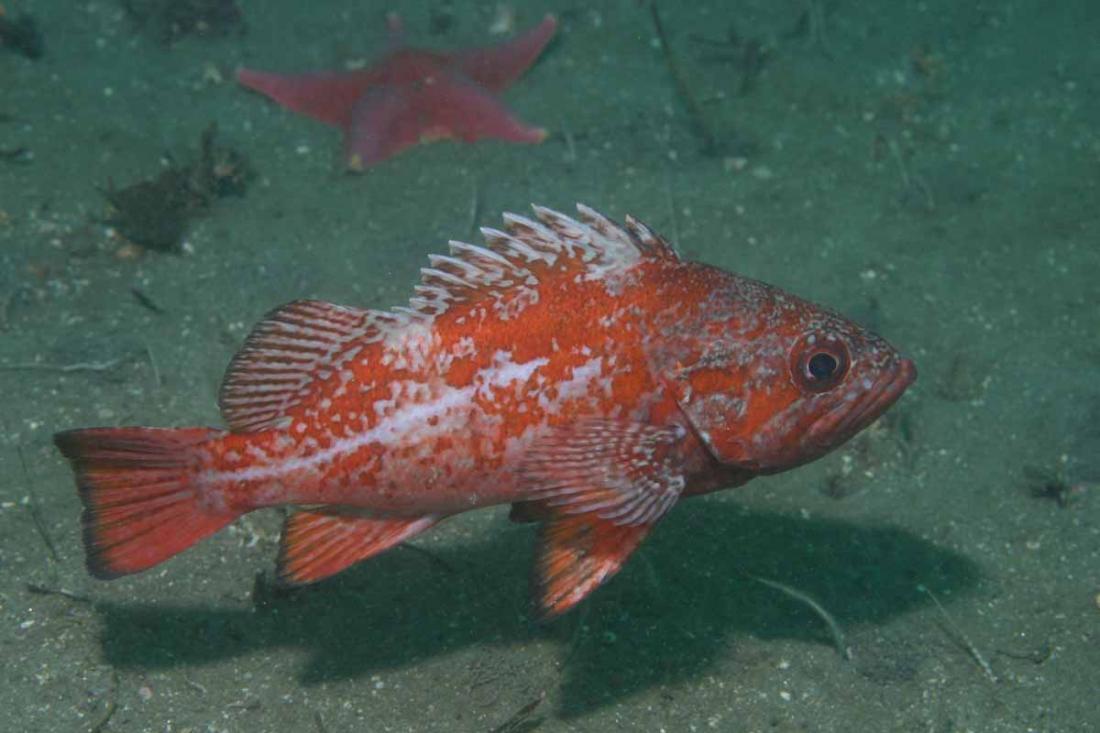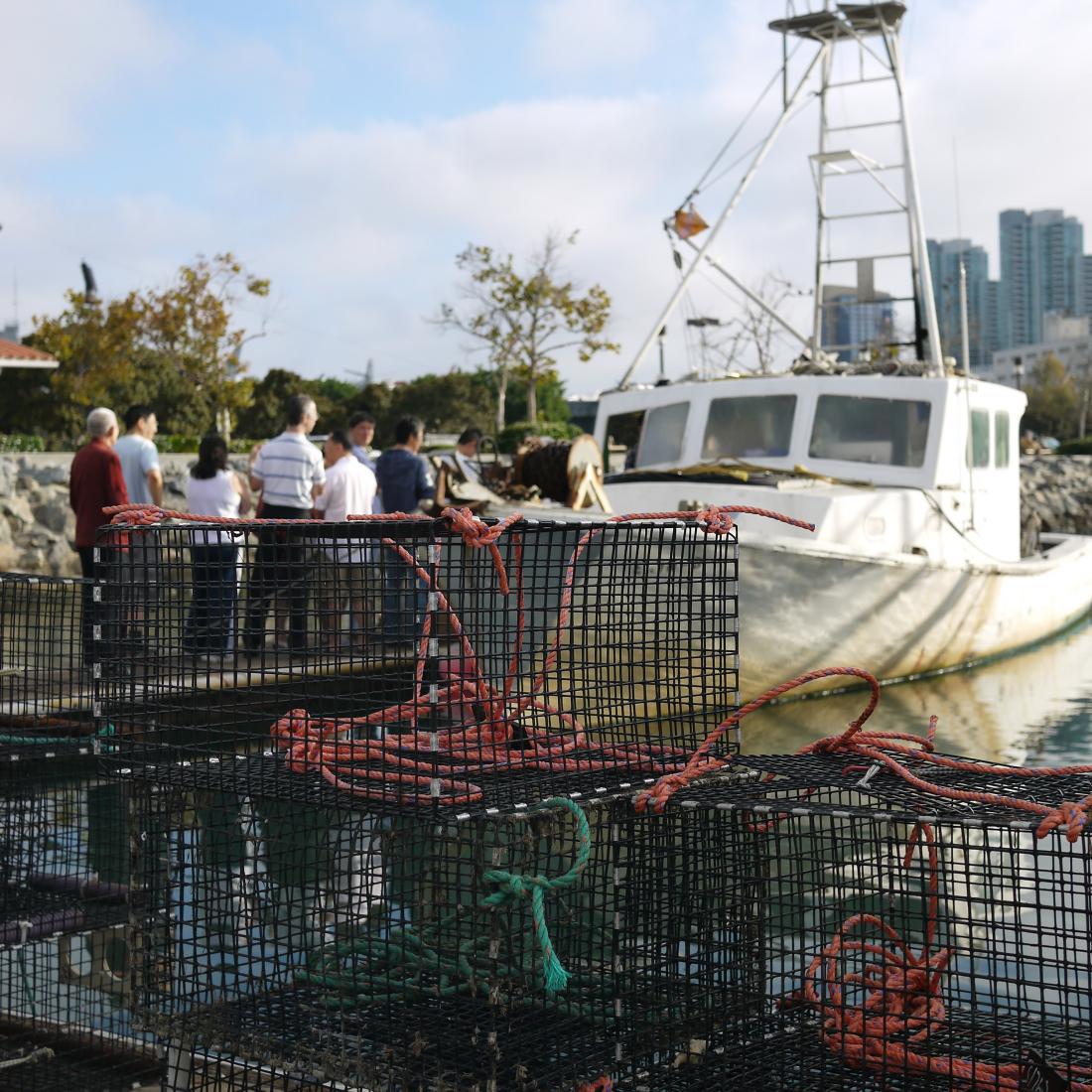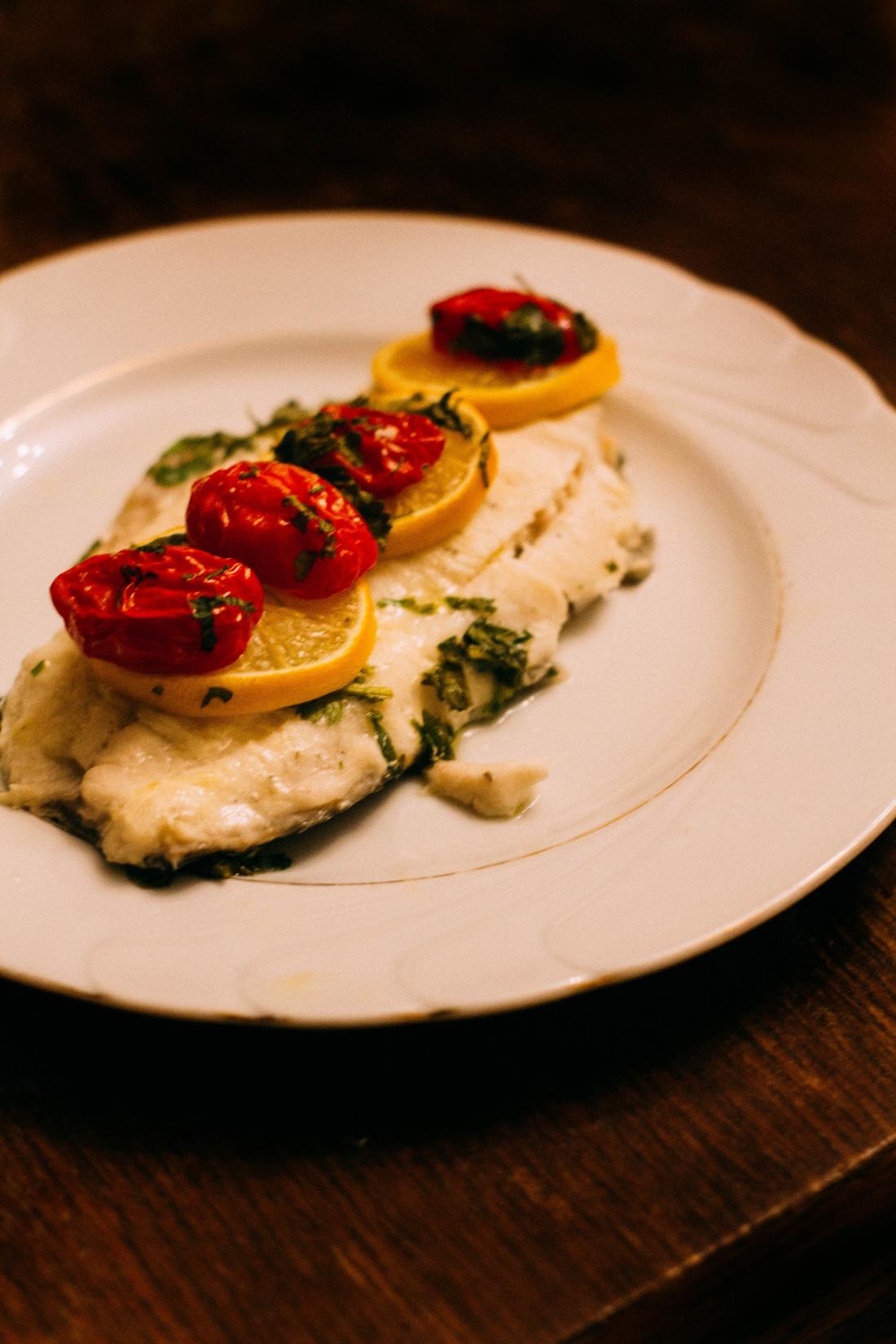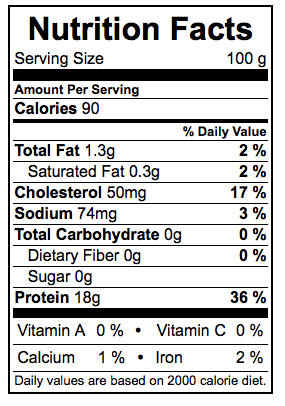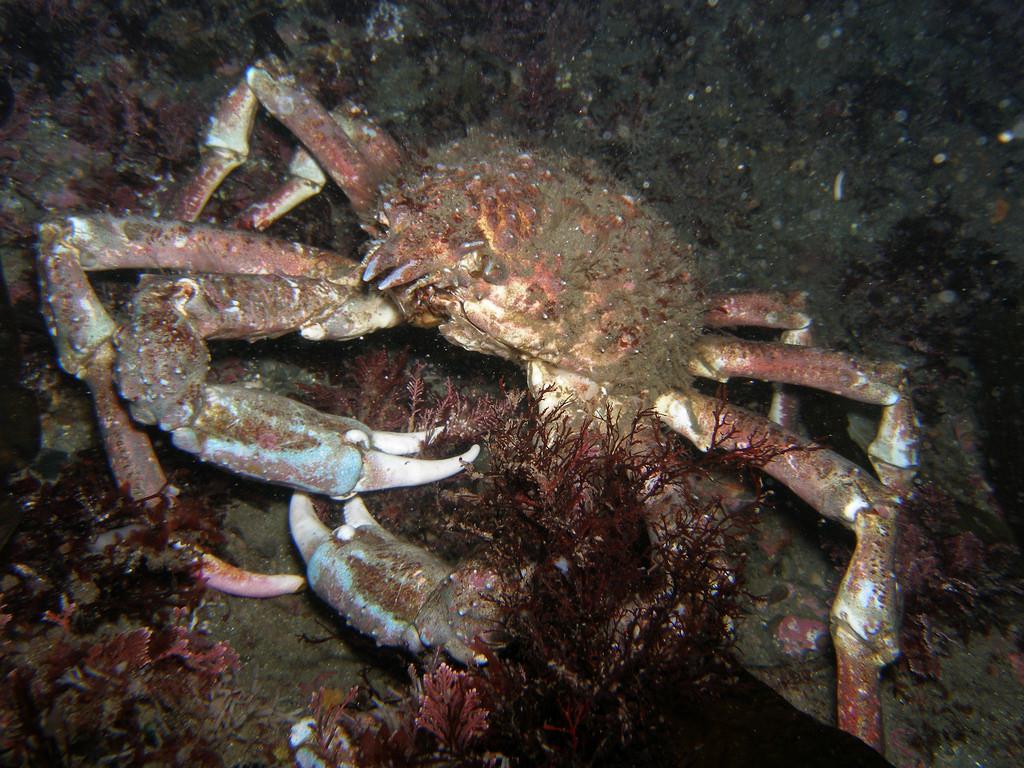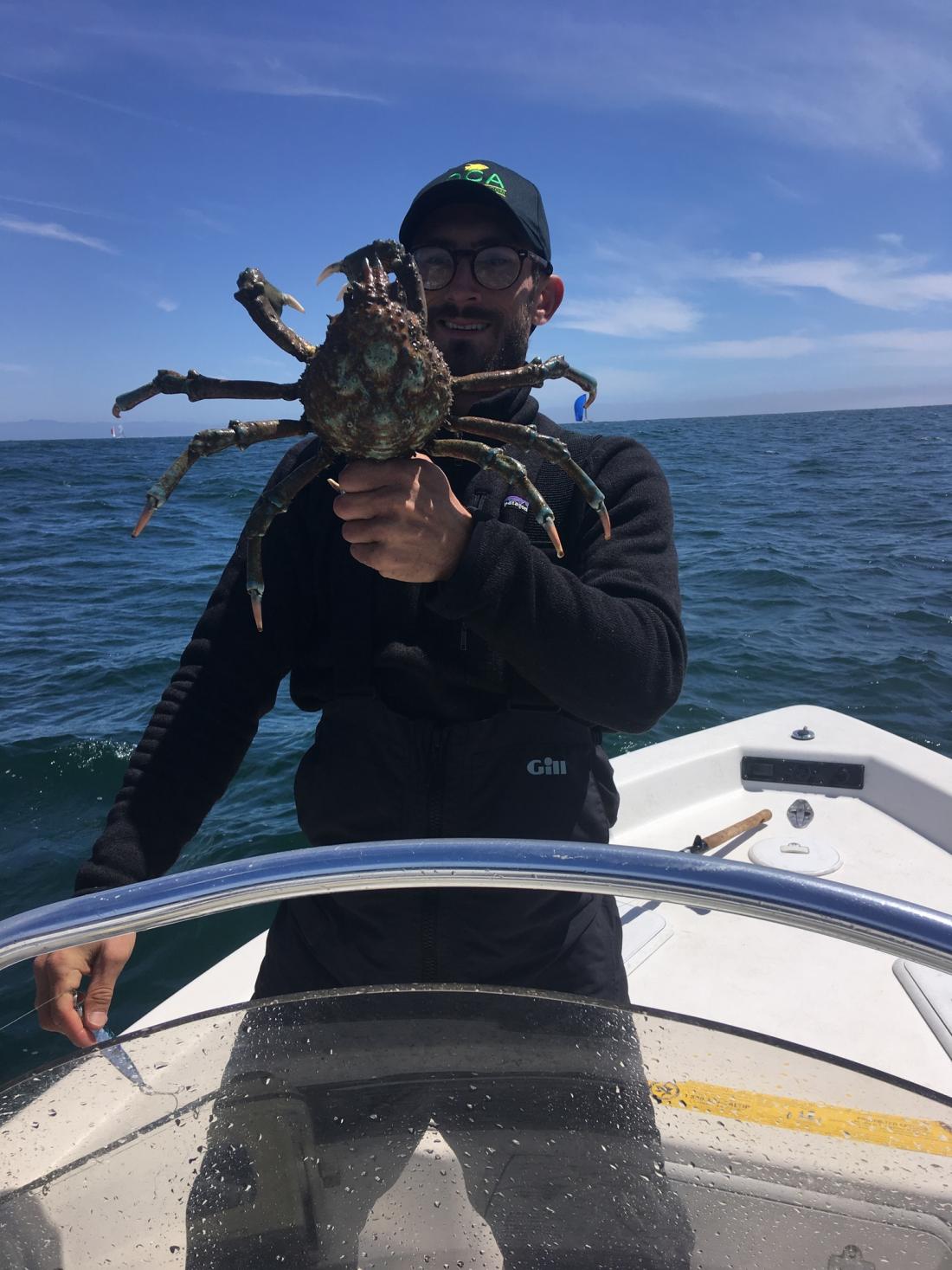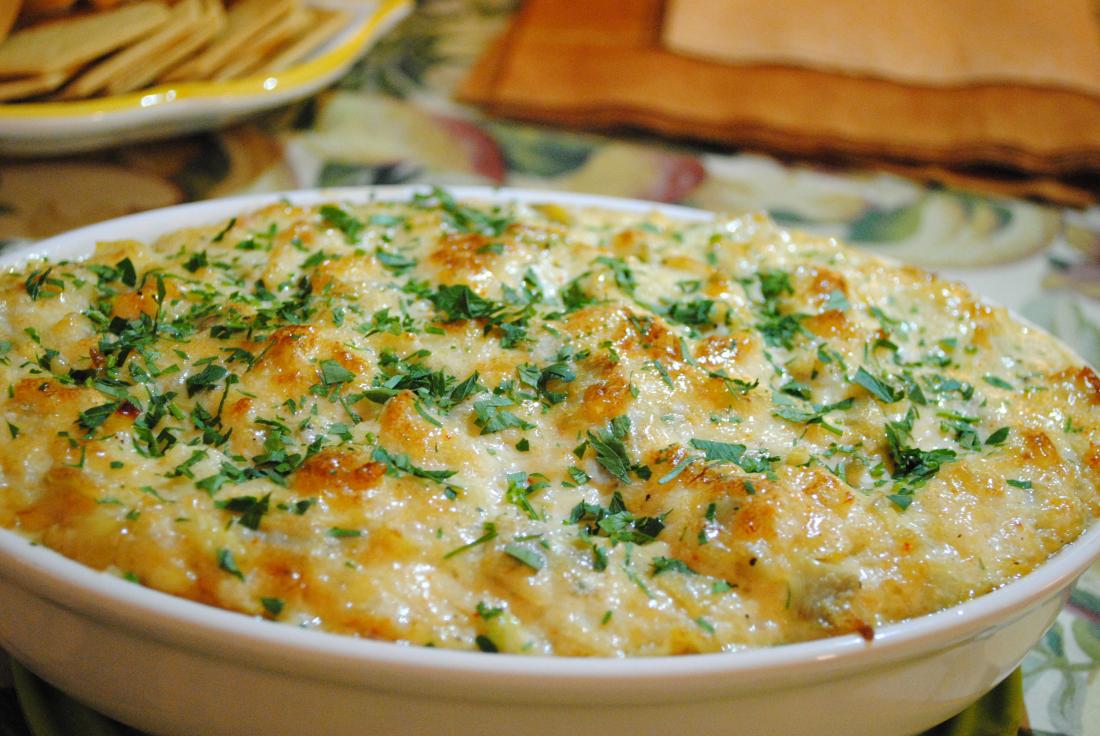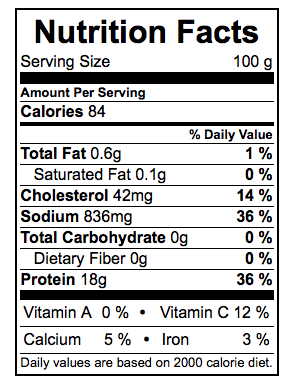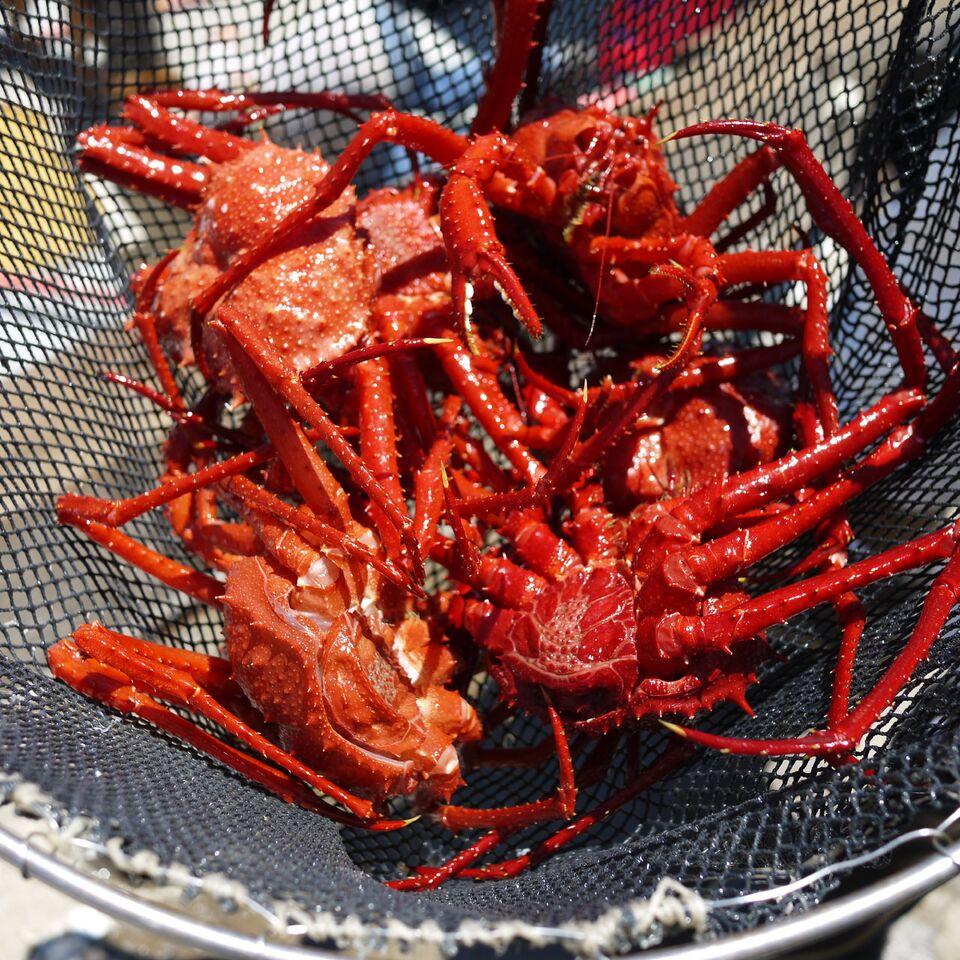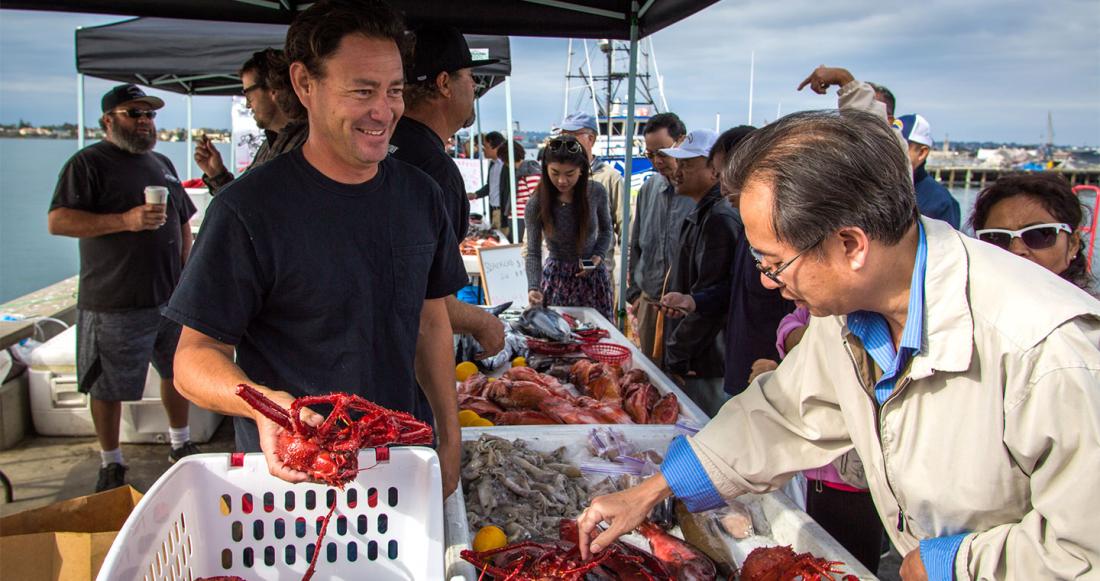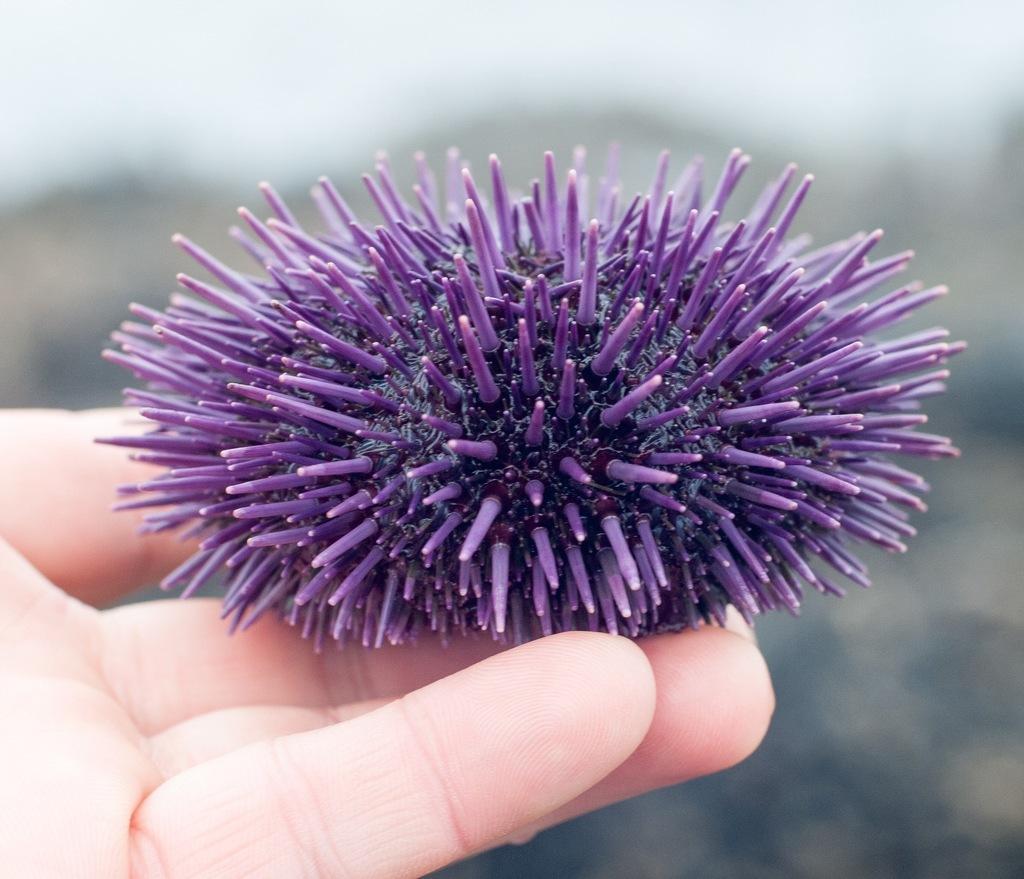References
[1] California Department of Fish and Wildlife. 2013. California Marine Sportfish Identification: Rockfish. Web. https://www.wildlife.ca.gov/Fishing/Ocean/Fish-ID/Sportfish/Rockfish#vermilion. Accessed 13 April 2017.
[2] Froese, R. ed. Luna, S.M. n.d. Fishbase. Sebastes miniatus, Vermilion rockfish. Web. https://www.fishbase.in/summary/3982. Accessed 15 Sept 2020.
[3] NOAA fisheries. 2020. West Coast Groundfish Closed Areas. Web. https://www.fisheries.noaa.gov/west-coast/sustainable-fisheries/west-coast-groundfish-closed-areas. Accessed 15 Sept 2020.
[4] California Department of Fish and Wildlife. 2017. Summary of Recreational Groundfish Fishing Regulations for 2017. Web. https://www.wildlife.ca.gov/Fishing/Ocean/Regulations/Groundfish-Summary#south. Accessed: 29 April 2017.
[5] NOAA Fisheries. 2017. Yelloweye and other Rockfish Species of Concern. Web. https://www.wildlife.ca.gov/Conservation/Marine/Groundfish/Species-Of-Concern. Accessed: 29 April 2017.
[6] True, M. 2016. Roasted Rockfish with Artichokes, Citrus, and Lemon-Caper Browned Butter. Web. http://www.myrecipes.com/recipe/roasted-rockfish-artichokes-citrus-lemon-caper-browned-butter. Accessed: 29 April 2017.
[7] The Cookingfishmonger. 2016. Rockfish Facts. Web. http://www.cookingfishmonger.com/rockfish-facts.html. Accessed: 29 April 2017.
[8] California Department of Fish and Wildlife. n.d. Commercial Fishing--Selected Fishery Regulation Information. Web. https://wildlife.ca.gov/Fishing/Commercial#310591030-selected-fishery-regulation-information. Accessed 15 Sept 2020.
[9] Encyclopedia of Life. n. d. Sebastes miniatus: Rock cod. Web. https://eol.org/pages/46568165/articles. Accessed 15 Sept 2020.
[10] California Department of Fish and Wildlife. n.d. Final California Commercial Landings. Web. https://wildlife.ca.gov/fishing/commercial/landings#260042586-2019. Accessed 15 Sept 2020.
[11] California Department of Fish and Game. 2005. Review of some California fisheries for 2004: Coastal pelagic finfish, market squid, sea urchin, lobster, spot and ridgeback prawn, groundfish, highly migratory species, ocean salmon, nearshore live-fish, pacific herring, and recreational. CalCOFI Rep., 46:10–31. Web. http://calcofi.org/publications/calcofireports/v46/Vol_46_Fisheries_Review.pdf. Accesed 15 Sept 2020.
[12] Seafood Watch. n.d. Fishing and Farming Methods. Web. https://www.seafoodwatch.org/ocean-issues/fishing-and-farming-methods. Accessed 15 Sept 2020.
[13] California Office of Environmental Health Hazard Assessment. n. d. A Guide to Eating Fish from the California Coast. Web. https://oehha.ca.gov/media/downloads/advisories/californiacoastaladvisoryposter110916.pdf. Accessed: 15 May 2017.
[14] Shaw, H. 2017. What is Pacific Rockfish? Web. https://www.thespruce.com/all-about-pacific-rockfish-rock-cod-1300825. Accessed: 15 May 2017.
[15] SELFNutritionData. 2014. Fish, rockfish, Pacific, mixed species, raw Nutrition Facts & Calories. Web. http://nutritiondata.self.com/facts/finfish-and-shellfish-products/4096/2. Accessed: 15 May 2017.
[16] Stein, N. n. d. Nutritional Information Data on Rockfish. Web. http://healthyeating.sfgate.com/nutritional-information-data-rockfish-1433.html. Accessed: 15 May 2017.
[17] Pacific Coast Groundfish Fishery Management Plan. 2019. Pacific Fishery Management Council. Web. https://www.pcouncil.org/documents/2016/08/pacific-coast-groundfish-fis…. Accessed 21 August 2020.
[18] Marine Life Management Act. n.d. California Department of Fish and Wildlife. Web. https://wildlife.ca.gov/Conservation/Marine/MLMA. Accessed 24 August 2020.
[19] Wein, V. Cooking on the Weekends. 2020. Rockfish Recipe (Baked with Lemon). Web. https://cookingontheweekends.com/rockfish-recipe/. Accessed 3 February 2021.
[20] Alfaro, D. The Spruce Eats. 2020. Homemade Fish Stock. Web. https://www.thespruceeats.com/homemade-fish-stock-recipe-996163. Accessed 3 February 2021.
[21] King, C. SIMoN. 2006. Digital image. Web. https://sanctuarysimon.org/dbtools/photo-library/id/2037. Accessed 25 February 2021.
[22] Lonhart, S. SIMoN. 2012. Digital image. Web. https://sanctuarysimon.org/dbtools/photo-library/id/4401. Accessed 25 February 2021.
[23] Ulvi Safari. unsplash. 2020. Digital image. Web. https://unsplash.com/photos/1rCjpJ6GFXw. Accessed 25 February 2021.
